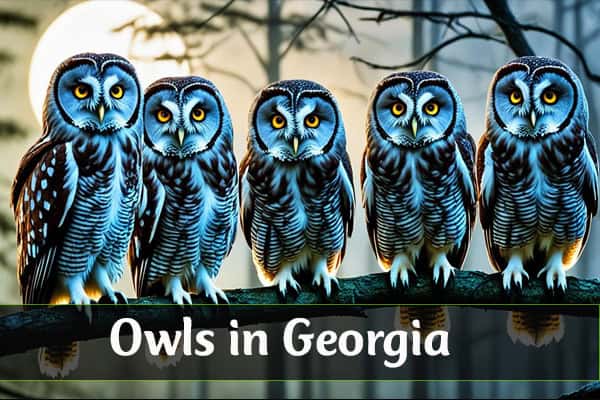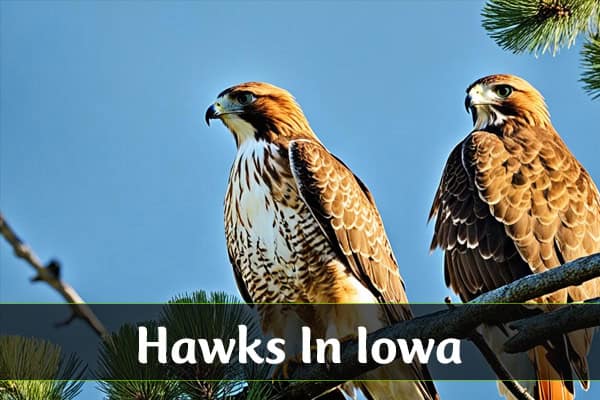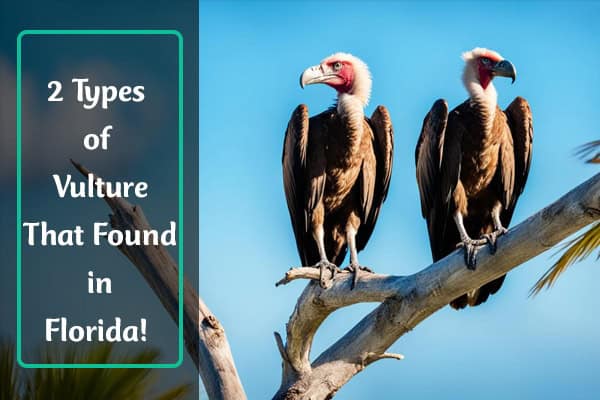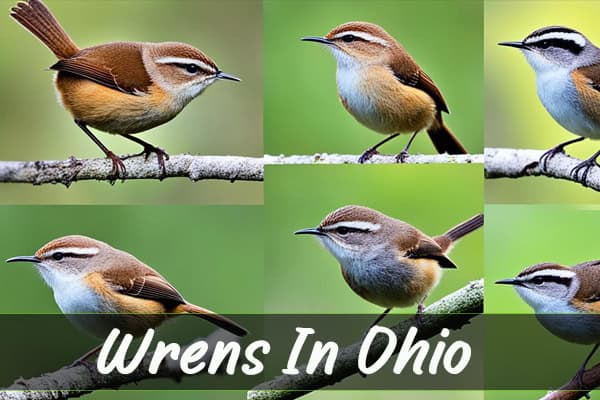7 Types Of Owls in Georgia (ID Guide With Pictures)
Here we’ll discuss Owls in Georgia and their unique characteristic. The state is a haven for owl species, each with its special traits. From the tiny Eastern screech owl to the big Great Horned Owl, these birds are a sight to behold. But how many owls live in Georgia, and what do they teach us about nature?
Mystical Hunters of the Night
Across Georgia, many owl species find a home, from common to rare ones. These nocturnal predators are key to keeping the state’s ecosystems balanced. They act as apex predators, controlling small mammals and insects. Their haunting calls and silent flight through the night have long fascinated birdwatchers and nature lovers.
Owls have long been linked to death, bad luck, and witches. In many places, the owl and witch words are the same. People believed owls worked with witches, and their calls were seen as signs of doom. Native American tribes saw owls as mystical, and full of deep powers.
Georgia is home to over 250 owl species, making its landscape rich in these nocturnal predators. From the common Barred Owls to the rare Great Horned Owls, these birds are vital to the state’s natural balance. Owls like the Common Barn Owls and the hidden Long-Eared Owls are a wonder to see.
Owls in Georgia
Georgia is home to a wide variety of owls, with 7 out of 19 owl species found in the U.S. living here. You can find everything from the Eastern Screech-Owl to the Northern Saw-Whet Owl. These nocturnal predators show how diverse and interesting owls are.
The Barn Owl is a rare breeder in Georgia but stands out with its white face and brown wings. The Barred Owl is one of the most common owls here, known for its unique hooting. The Eastern screech owl is also common but hard to see, adding to Georgia’s owl charm with its many colors and adaptability.
The Great Horned Owl is at the top of Georgia’s avian predators, with a huge wingspan and strong talons. On the other end, the tiny Northern Saw-Whet Owl is a rare find, blending into the trees easily.
| Owl Species | Scientific Name | Population in Georgia | Length | Wingspan |
|---|---|---|---|---|
| Barn Owl | Tyto alba | Uncommon breeders | 16 inches (41 cm) | 39 – 49 inches (~100 – 125 cm) |
| Barred Owl | Strix varia | Common, perhaps the most common owl in Georgia | 19 inches (53 cm) | 39 – 43 inches (99 – 110 cm) |
| Eastern Screech-Owl | Otus asio | Widespread but rarely seen | 8.5 inches (22 cm) | 19 – 24 inches (48 – 61 cm) |
| Great Horned Owl | Bubo virginianus | Widely distributed owl in North America | 22 inches (56 cm) | 40 – 57 inches (101 – 145 cm) |
| Northern Saw-whet Owl | Aegolius acadicus | Recently discovered to overwinter in the state | 7 – 8 inches (18 – 21 cm) | 16.5 – 19 inches (42 – 48 cm) |
| Short-eared Owl | Asio flammeus | Few areas with suitable winter habitat | 15 inches (38 cm) | 33.5 – 40.5 inches (85 – 103 cm) |
These owls amaze us with their haunting calls and silent flights at night. They are key to keeping Georgia’s ecosystems balanced. From the rare to the common, Georgia’s owl species show the beauty of its bird life.
1. Eastern Screech-Owl
- Scientific name: Megascops asio
- Life span: 8 to 10 years
- Size: 16 to 25 cm
- Weight: 121 to 244 g
- Wingspan: 46 to 61 cm
- Status: Least Concern
The eastern screech owl is a common sight in Georgia, living in parks, woodlands, and suburbs. It’s known for its unique calls and different colors, from reddish to greyish. This owl is a favorite among bird lovers.

This owl is very adaptable and is not considered endangered. It comes in five different types and is small, weighing between 121–244 g (4+1⁄4–8+5⁄8 oz). It’s a common bird in Georgia’s varied landscapes.
If you like nature or bird watching, you might see an eastern screech owl in Georgia. It’s a joy for those who love birds and the outdoors.
2. Great Horned Owl
- Scientific name: Bubo virginianus
- Life span: 25 – 50 years
- Size: 43 to 64 cm
- Weight: 1200 to 1600 g
- Wingspan: 91 to 153 cm
- Status: Least Concern
The great horned owl is a top predator in Georgia’s wild. It’s the biggest common owl in the U.S. With a wingspan of 152-188 cm and weighing up to 2.2 kg, it’s impressive.
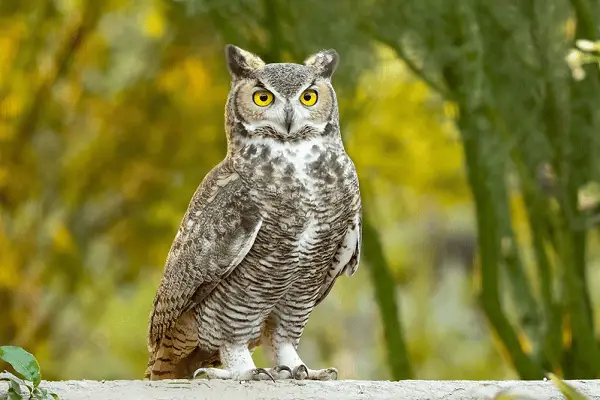
It has “horns” and mottled brown feathers for camouflage. This owl lives in many places in Georgia, from deserts to cities. They are early breeders, with males finding the perfect spot and attracting females with aerial displays.
Great horned owls eat small mammals, birds, reptiles, and even skunks and porcupines. Their strong feet can exert up to 800 lbs of pressure, helping them kill their prey. Their eyes see a wide range of colors, including infrared, giving them an edge at night.
Suzy Q, a Eurasian Eagle Owl, has lived in Georgia since 2004. She’s part of educational programs and flight shows. Suzy Q is one of the biggest owl species, strong enough to eat prey bigger than herself.
| Owl Species | Length (inches) | Weight (ounces) | Wingspan (inches) |
|---|---|---|---|
| Barn Owl | 16 | 14-25 | N/A |
| Barred Owl | 19 | 16.5-37 | N/A |
| Eastern Screech-Owl | 8.5 | 4.3-8.6 | N/A |
| Great Horned Owl | 22 | 33-88 | 60-35 |
| Northern Saw-whet Owl | N/A | 2.5-5.5 | 16.5-19 |
| Short-eared Owl | 15 | 7.3-17 | N/A |
The great horned owl is amazing in Georgia’s ecosystem. It’s a silent flyer and a majestic bird that commands respect and awe.
3. American Barn Owl
- Scientific name: Tyto furcata
- Life span: 10 years
- Size: 34 to 38 cm
- Weight: 400 to 600 g
- Wingspan: 29 to 36 cm
- Status: Least Concern
The American Barn Owl glides silently over Georgia at night, captivating many with its myths and legends. It has a striking look, with a creamy white face, chest, and belly. Its pale brown upper body and wings make it a sight to see.
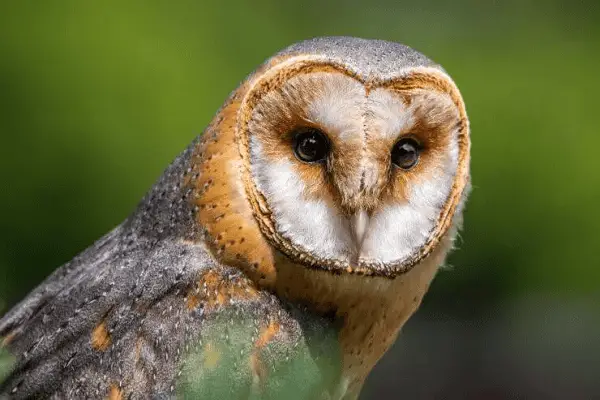
| Statistic | Value |
|---|---|
| The North American form of the Barn Owl is the largest globally | Weighing more than twice as much as the smallest race found in the Galapagos Islands |
| Up to 46 different races of the Barn Owl have been described worldwide | – |
| The oldest known North American Barn Owl | Lived in Ohio and was at least 15 years and 5 months old at the time of its death |
The American Barn Owl’s look has sparked many stories and beliefs over the years. The Cherokee thought owls were ghosts or witches, as noted by James Mooney in the late 1800s.
Despite their spooky image, the American Barn Owl is vital to Georgia’s nature. It helps keep the ecosystem balanced as a skilled night hunter. By learning about and valuing these birds, we can help them stay in Georgia for years to come.
4. Barred Owl
- Scientific name: Strix varia
- Life span: 8 years
- Size: 40 to 63 cm
- Weight: 610 to 1,150 g
- Wingspan: 96 to 125 cm
- Status: Least Concern
If you love nature in Georgia, you’ve likely met the Barred Owl. It’s a common owl in the state, known for its unique sounds at night. These owls have big eyes and make sounds that fill the night air.
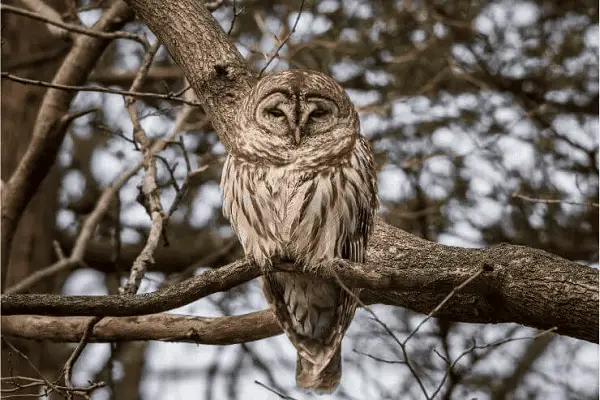
Barred Owls live in many places, from deep forests to backyards. They are quiet during the day, hiding in trees. But, crows often warn others about their presence by flying around them.
At night, the Barred Owl becomes more active, making beautiful sounds. Its calls, like “who-cooks-for-you, who-cooks-for-you-all,” are a treat for those who love birds and nature. These calls show how rich Georgia’s bird life is.
| Barred Owl Characteristics | Habitat Preferences | Vocalizations |
|---|---|---|
| Large, dark-eyed owl | Diverse, from forests to suburbs | Distinctive hooting and chattering calls |
| Widespread throughout Georgia | Thrive in Appalachian forests and backyards | Iconic “who-cooks-for-you” call |
| Tend to keep a low profile during the day | Often detected by mobbing crows | Captivating array of nighttime vocalizations |
While hiking or relaxing at home, listen to the Barred Owl’s beautiful sounds. This owl’s music is part of Georgia’s natural beauty.
5. Short-Eared Owl
- Scientific name: Asio flammeus
- Life span: 12 years
- Size: 34 to 43 cm
- Weight: 200 to 475 g
- Wingspan: 85 to 110 cm
- Status: Least Concern
The short-eared owl is a unique bird in Georgia, unlike most owls that hunt at night. It hunts during the day, making it a favorite among birdwatchers. This owl is a delight to see in the state.
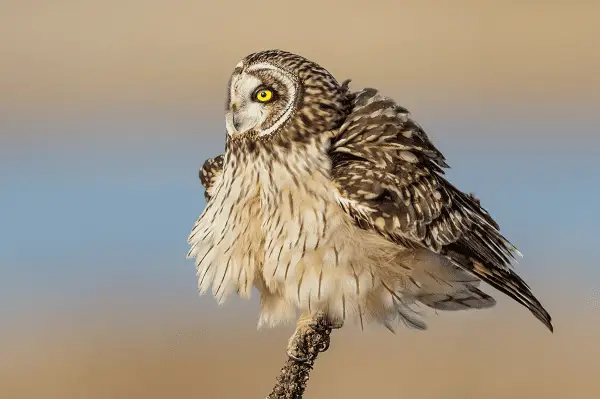
This owl has a small black bill and a brown body with bold brown bars on its wings and tail. It’s a beautiful bird that plays a key role in Georgia’s ecosystems. They mate in March and build their nests on the ground in open areas like prairies and meadows.
In Georgia, short-eared owls eat small mammals like voles and rabbits. They also hunt weasels and hares. Their daytime hunting is exciting to watch as they fly low over grasslands and meadows looking for food.
| Characteristic | Description |
|---|---|
| short-eared owl georgia | The short-eared owl is a unique and exciting species to spot in Georgia, as it is one of the few owls that hunts primarily during the day. |
| short-eared owl habitat | These owls build their nests on the ground in open areas like prairies, meadows, and tundras in Georgia. |
| short-eared owl behaviors | The short-eared owl mates for a single breeding season, usually starting in March, and their daytime hunting behavior involves low flights over grasslands and meadows. |
| short-eared owl diet | In Georgia, short-eared owls primarily feed on small mammals such as voles, shrews, and rodents, as well as rabbits, weasels, and hares. |
If you love birdwatching or just enjoy nature, the short-eared owl will amaze you. They are a delight to see in Georgia’s diverse landscapes. Keep an eye out for these beautiful birds as you explore the state.
The short-eared owl population in North America has been declining since 1966. But in Georgia, they are still thriving. Birdwatchers and nature lovers can enjoy their graceful flights and hunting skills.
Check Our Previous Articles:
6. Long-Eared Owl
- Scientific name: Asio otus
- Life span: 10 to 27 years
- Size: 31 to 40 cm
- Weight: 160 to 435 g
- Wingspan: 86 to 102 cm
- Status: Least Concern
In Georgia’s woodlands, the long-eared owl blends in perfectly. Its brown and black feathers help it hide, even when close. These owls are hard to find because they are secretive and well-camouflaged.

The long-eared owl makes a haunting call in the woods from March on. Males sing and flap their wings to mark their territory. Females look for places to nest, often using old hawk nests or hollow trees.
Long-eared owls hunt at night, eating small mammals and insects. They can hide so well, they catch their prey by surprise. This makes them great hunters in Georgia.
7. Northern Saw-Whet Owl
- Scientific name: Aegolius acadicus
- Life span: 7 to 17 years
- Size: 17 to 22 cm
- Weight: 54 to 151 g
- Wingspan: 42 to 56.3 cm
- Status: Least Concern
In Georgia, the Northern Saw-Whet Owl is a hidden gem. It has a round, creamy face with brown streaks and a dark beak. Its eyes shine bright yellow. The owl’s belly is pale white with delicate brown marks, and its back is rich dark brown with white spots.

These small owls find love in March and live in tree holes or nest boxes. In Georgia, they hunt small mammals like voles and mice, and sometimes insects or birds. They are hard to spot, but they add to the state’s owl diversity.
Although they migrate to Georgia and Alabama, their numbers are going down. If you’re exploring Georgia’s nature, listen carefully and look closely for these night birds. They are small but truly amazing.

